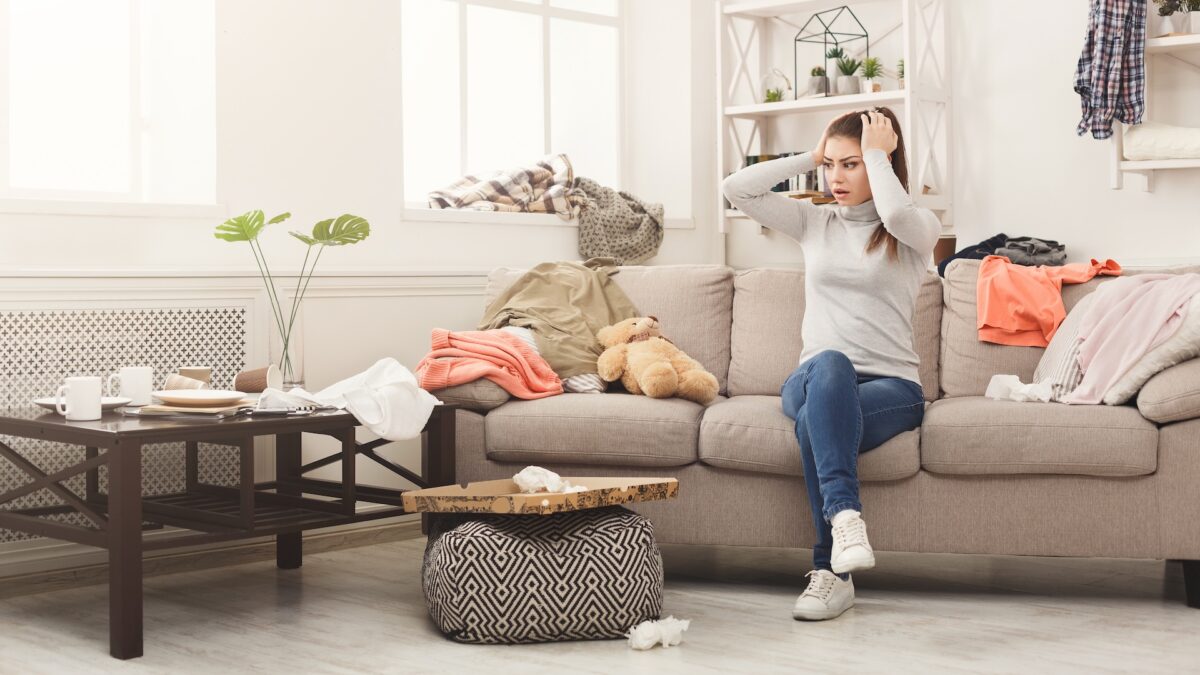By Dahna M. Chandler
Personalizing a reclaimed secondhand piece of wood furniture is a satisfying endeavor on several levels. First, you’ve done a good deed for the environment because you’re keeping used furniture out of the landfill. Second, it’s an opportunity to turn a mediocre piece into a masterpiece.
“It’s something all your own, making it special and very satisfying to have in your home,” says Juliette Abeille, owner of Loverly Cottage and L’Abeille Vintage in Lake Bluff, IL. Abeille is an expert in eco-friendly, sustainable reuse and restoration work, specializing in French Country design.
Satisfaction aside, used wood furniture costs less than new furniture of the same quality, often even after you’ve refinished the piece. You can spend as little or as much as you want to customize it. Here are some tips on choosing and making reclaimed wood furniture your own.
Focus on the Construction and Quality of the Piece
Your attraction to the structure of the item will keep your interest long term. In most cases, you’ll maintain that structure when you repurpose the piece, but it should be constructed of quality materials.
“A piece of wood furniture should have good bones,” says Abeille. “Find something that’s been handed down from one generation to the next because it’s probably high quality,” she adds.
Examine the wood furniture you choose to make sure it’s in good shape. If you’re selecting it for durability, then be sure it’s made from hardwood so it can withstand daily use.
Think of Ways You’d Use It in Your Home
Don’t be afraid to go outside the box and repurpose a piece for something other than its original intended use. Abeille loves old sideboards. “I put them in bedrooms and store clothes in them because they’re easier to access than drawers,” she explains. Tables with leaves also fascinate the DIYer. “I take them apart, put brackets on them, and mount them to the wall as shelves.”
You can transform an old baby crib into a bench or cut the legs down on a kitchen table and use it as a coffee table. Turn a large dining room table into a painted or decoupaged headboard, and use its legs as candleholders. Abeille has repurposed old sewing machine cabinets into new cabinets by removing the machine and putting a shelf on the bottom.
Choose Refinishing Materials That Fit
When you’re transforming the look of a piece, make sure you consider the wood type first. “Not all finishes work on all woods,” says Abeille. Some woods won’t look good if you cover them with the wrong kind of paint. Others don’t do well with oils, varnishes, and tinctures.
If you want a natural look, then an oil might be best, but choose the right one for the wood, especially naturally light-colored wood. That’s also true if you decide to decoupage or cover wood with fabrics. Softer woods won’t hold fasteners for that purpose, for example. Decoupage glues might damage some woods or finishes.
When buying materials to personalize your secondhand wood furniture, choose a retailer that understands the process, and then ask whatever questions you have. That way, you can pick the right tools and materials for the job as well as the right process for your skill level.
Whether you’re working on a piece of clearance furniture or a family heirloom, it should be made of high-quality wood, so don’t choose inexpensive refinishing materials to save money. That decision will show on the refinished piece.
Consider the Environment When Refinishing
Think about both your home environment and the one you share with others on the planet. Be mindful of how you dispose of the tools and waste from materials you use for refinishing. Additionally, understand how the materials you use could possibly impact your health.
“Some finishing products on wood, as well as those used to treat fabrics, give off gas,” explains Abeille. “It’s important to avoid using products on your reclaimed furniture that release toxins into your home,” she states. For example, Abeille uses milk paint that has no chemicals and beeswax, hemp oil, and tongue oil for sealants.
If you haven’t found the right piece of secondhand furniture for your project, then try your local CORT Furniture Outlet, where you can find well-made, stylish wood pieces for up to 70 percent off retail prices.




